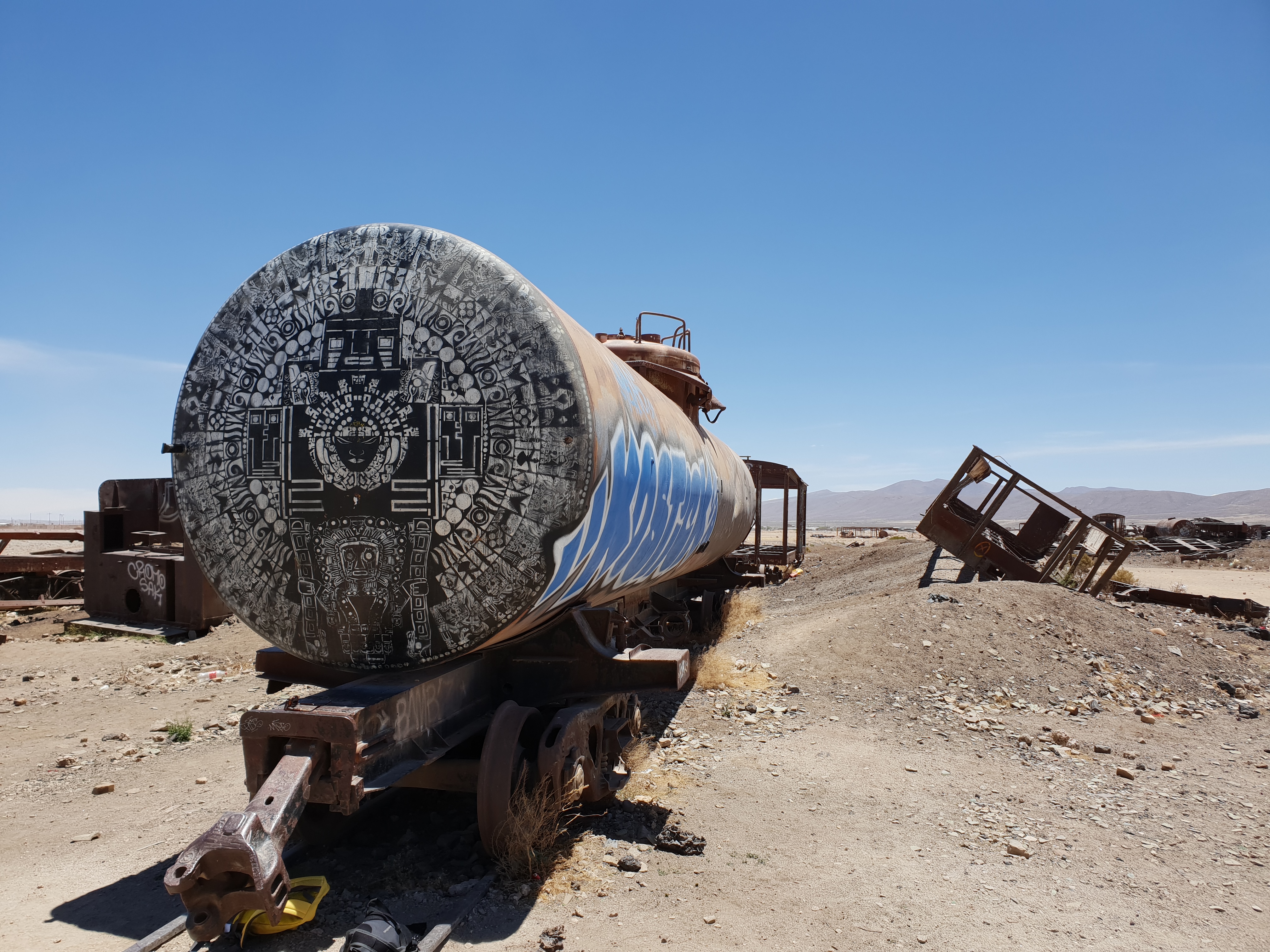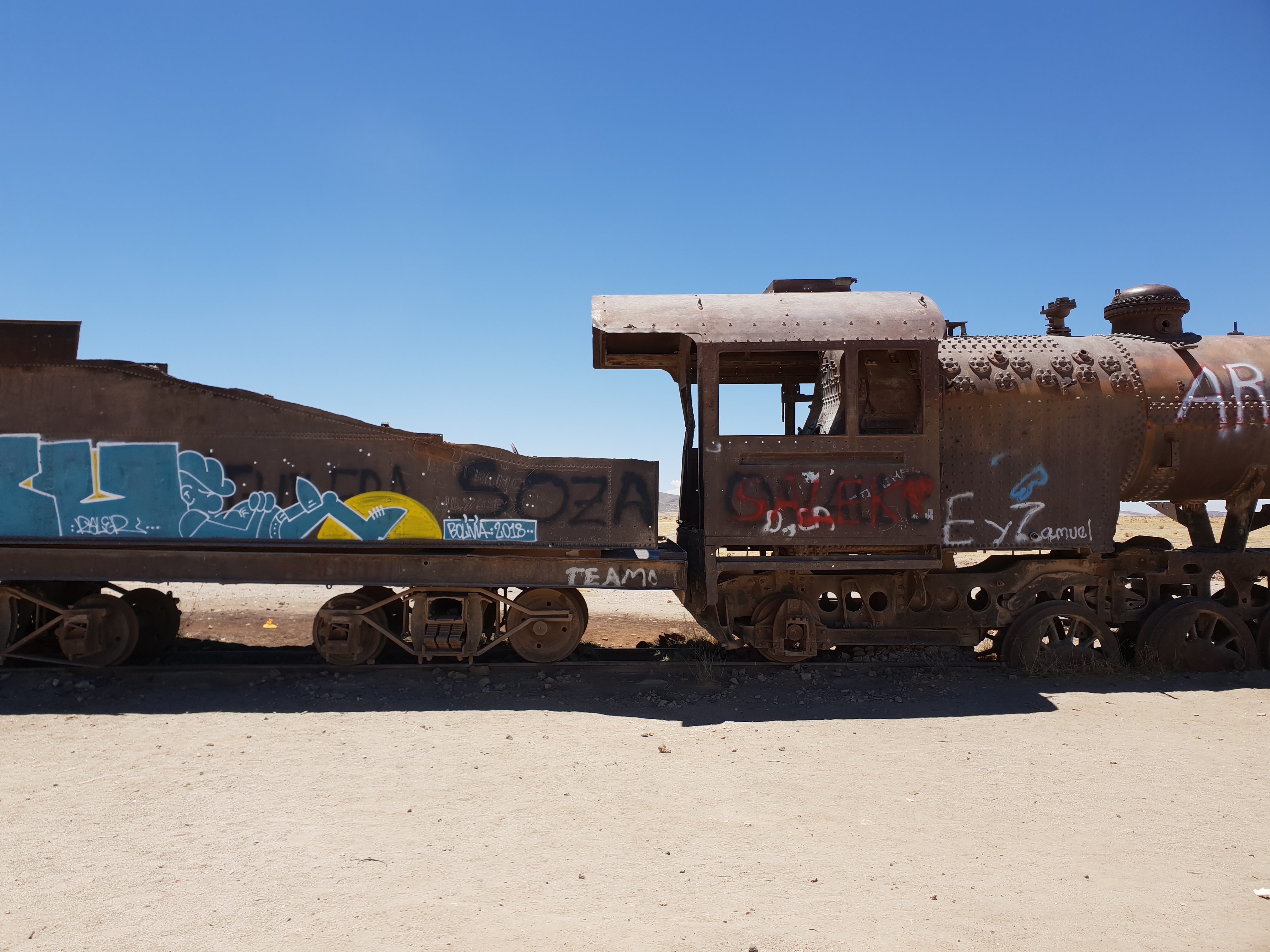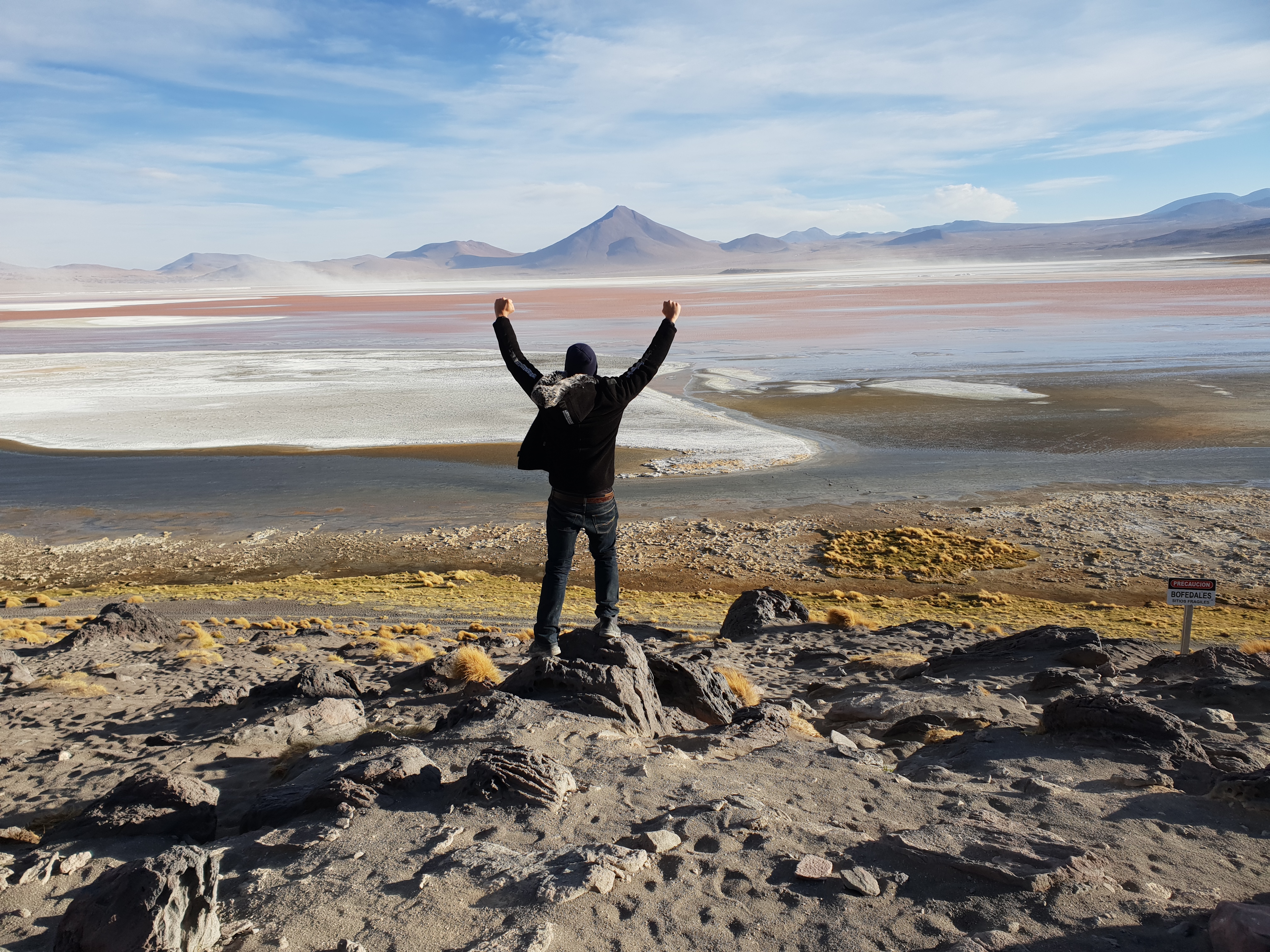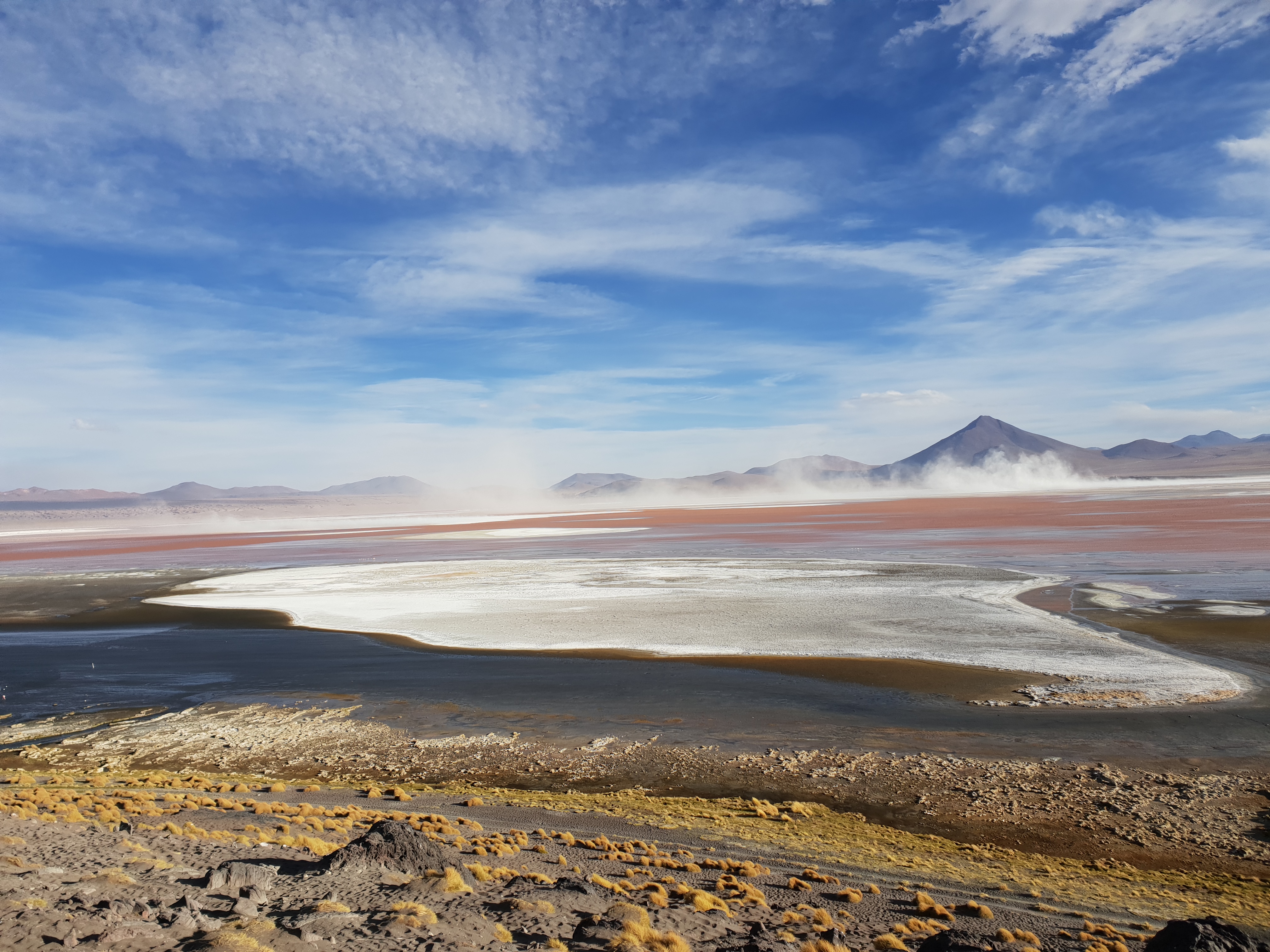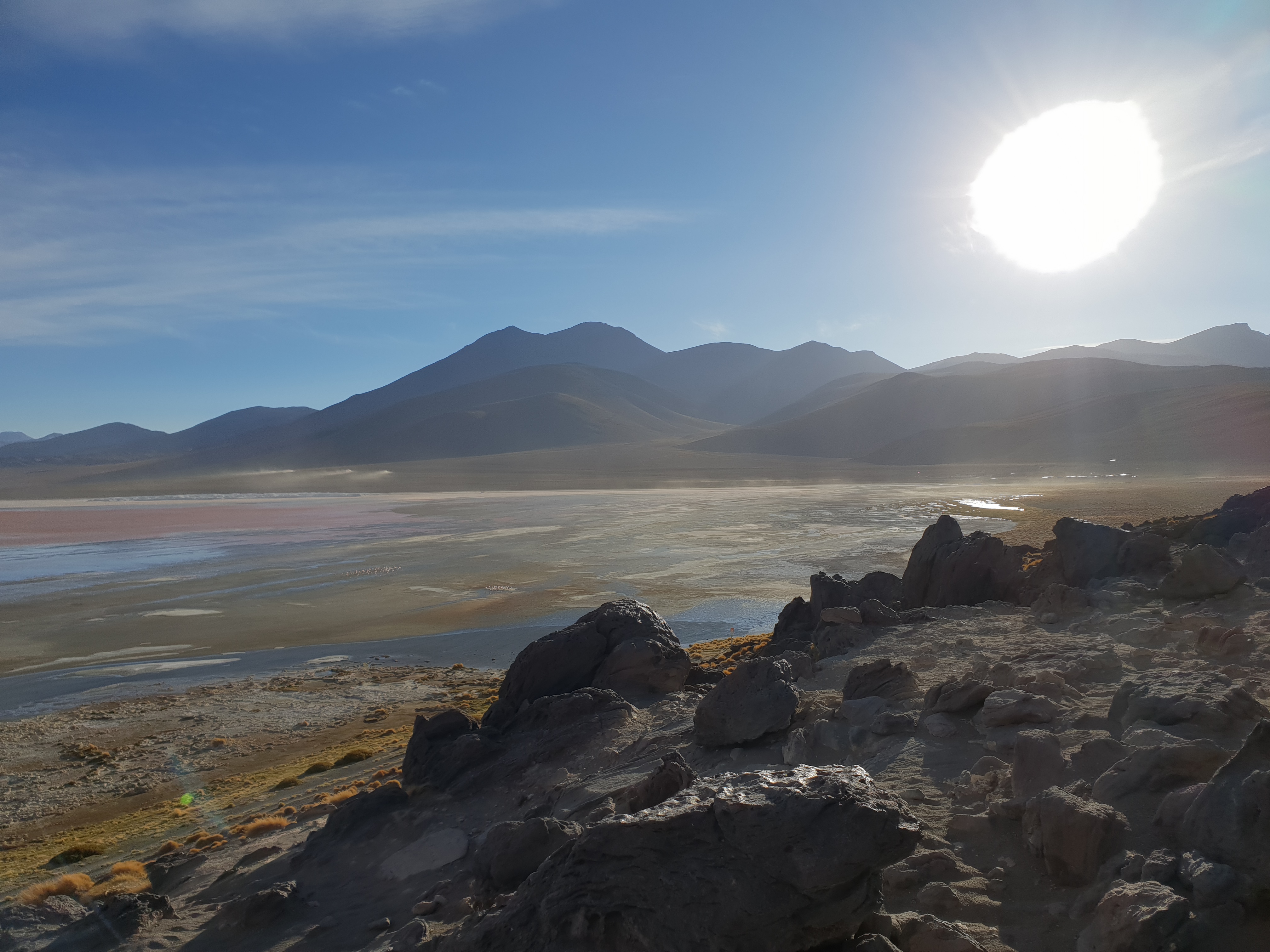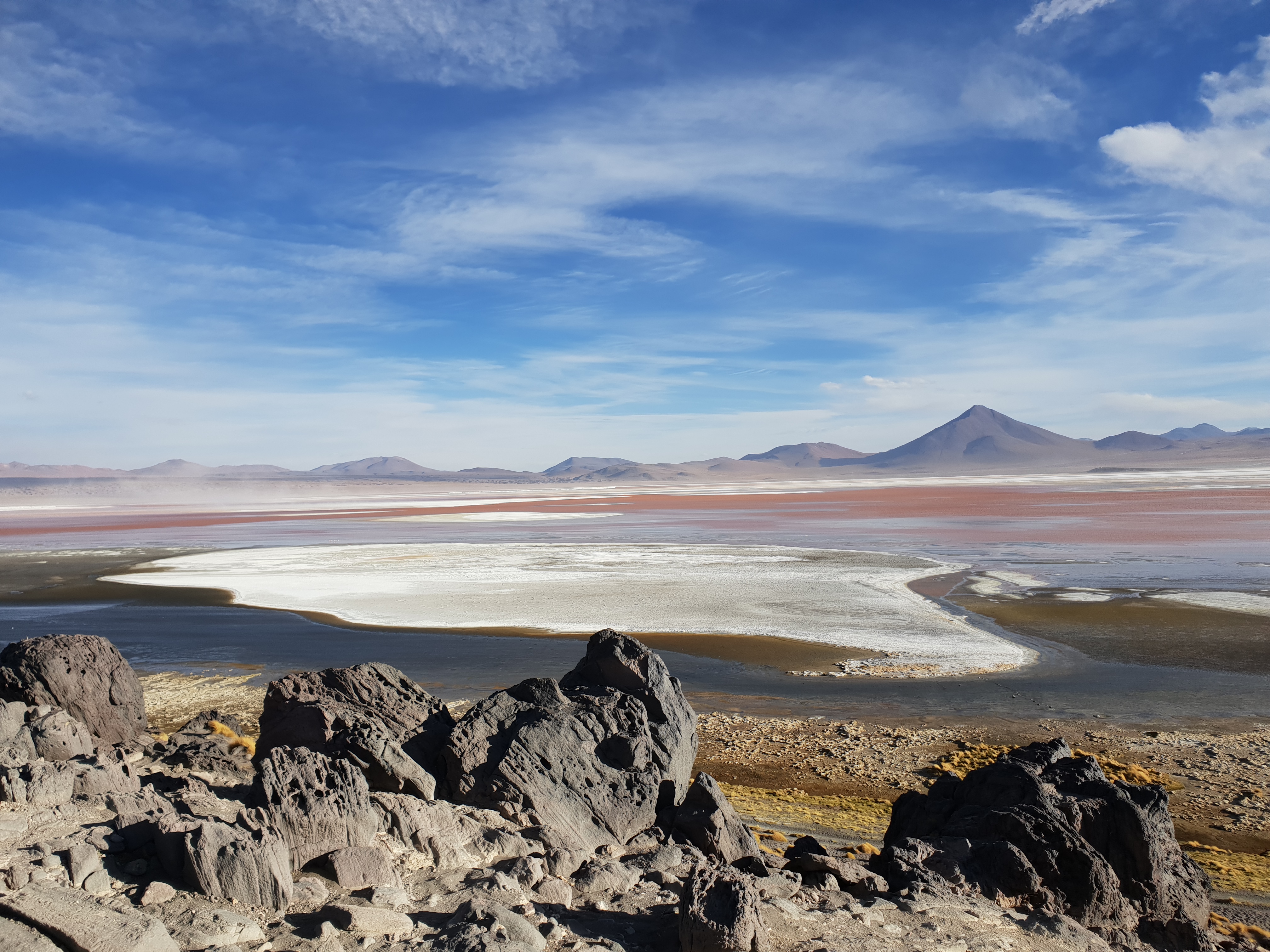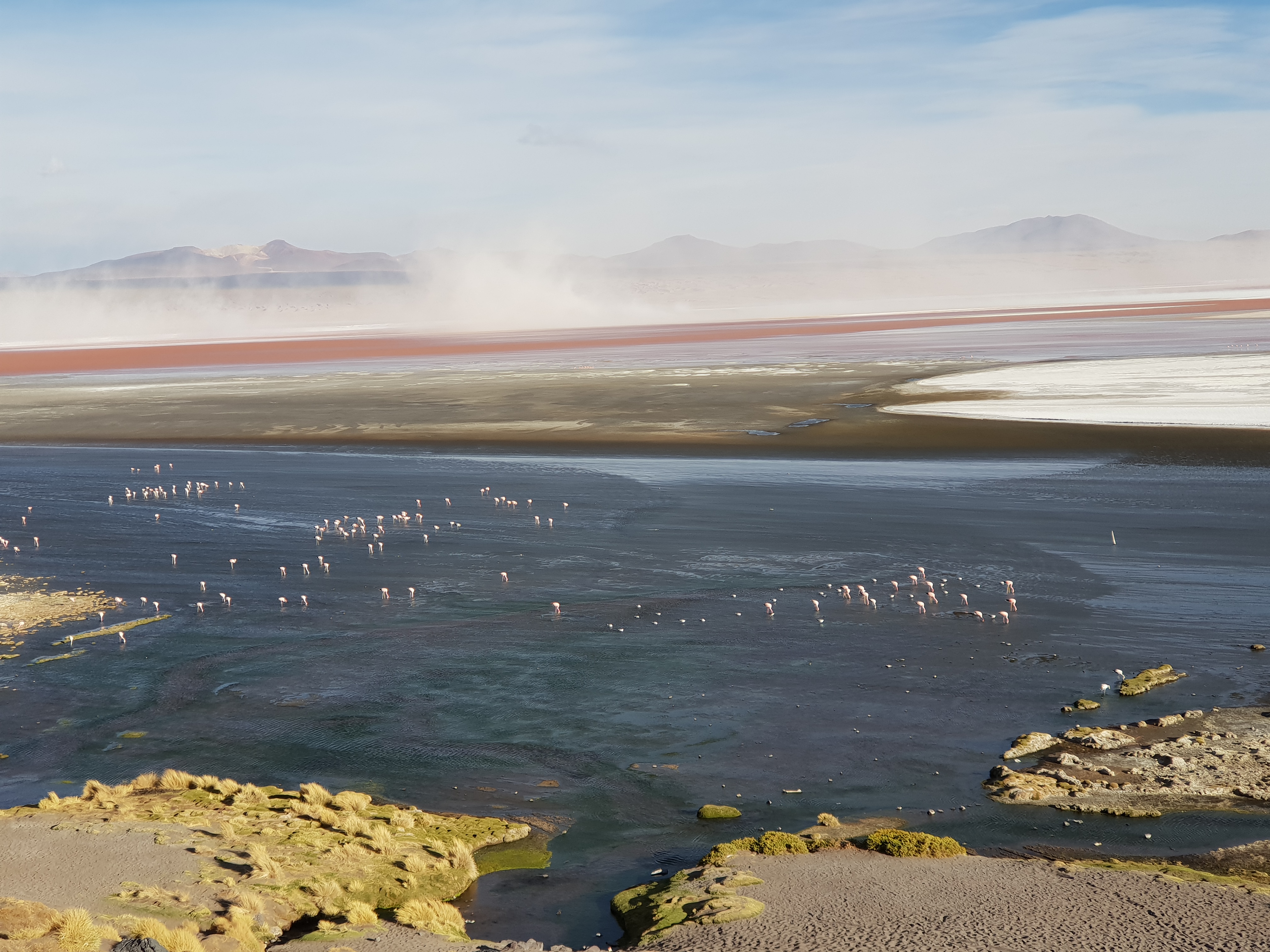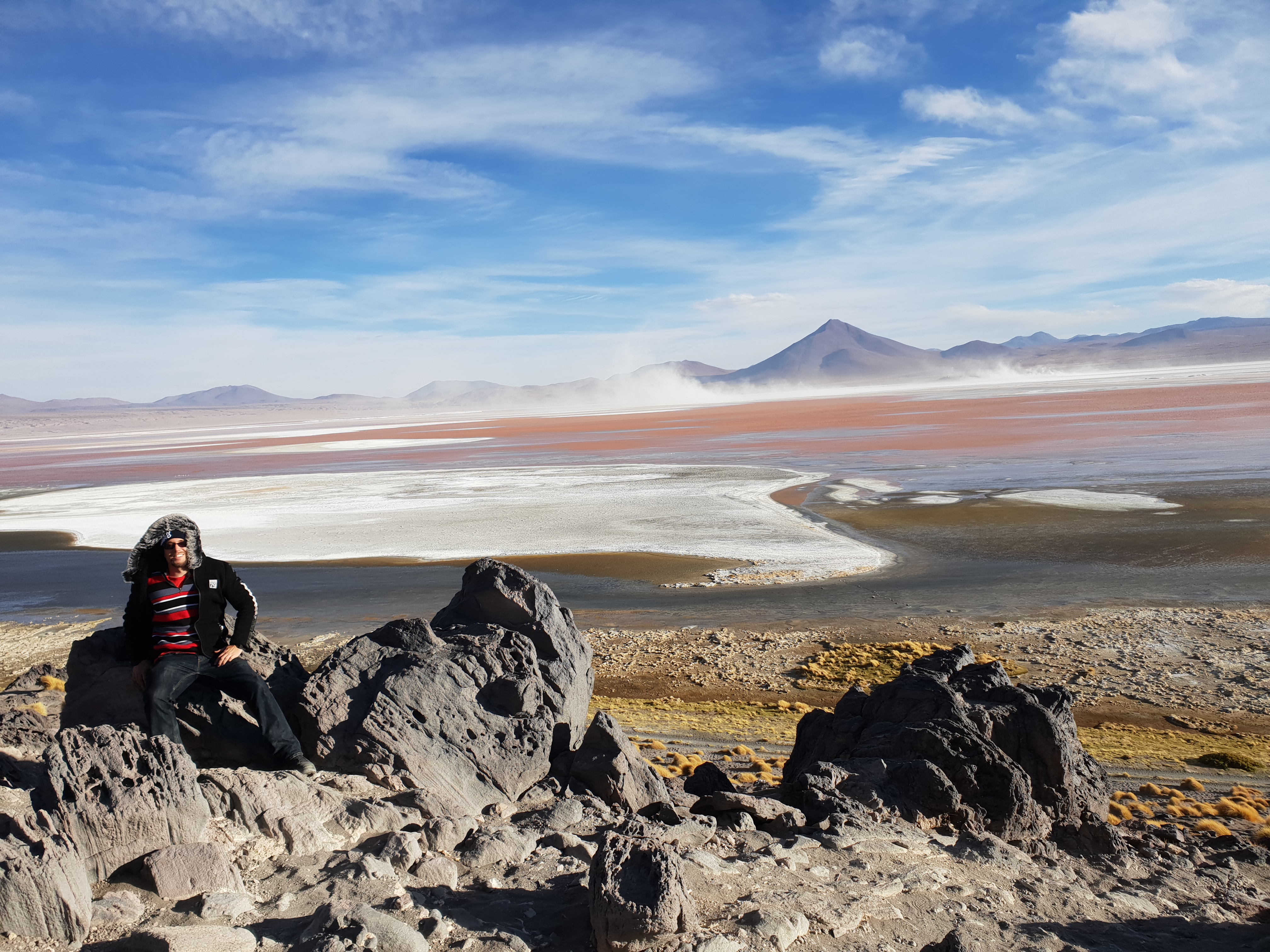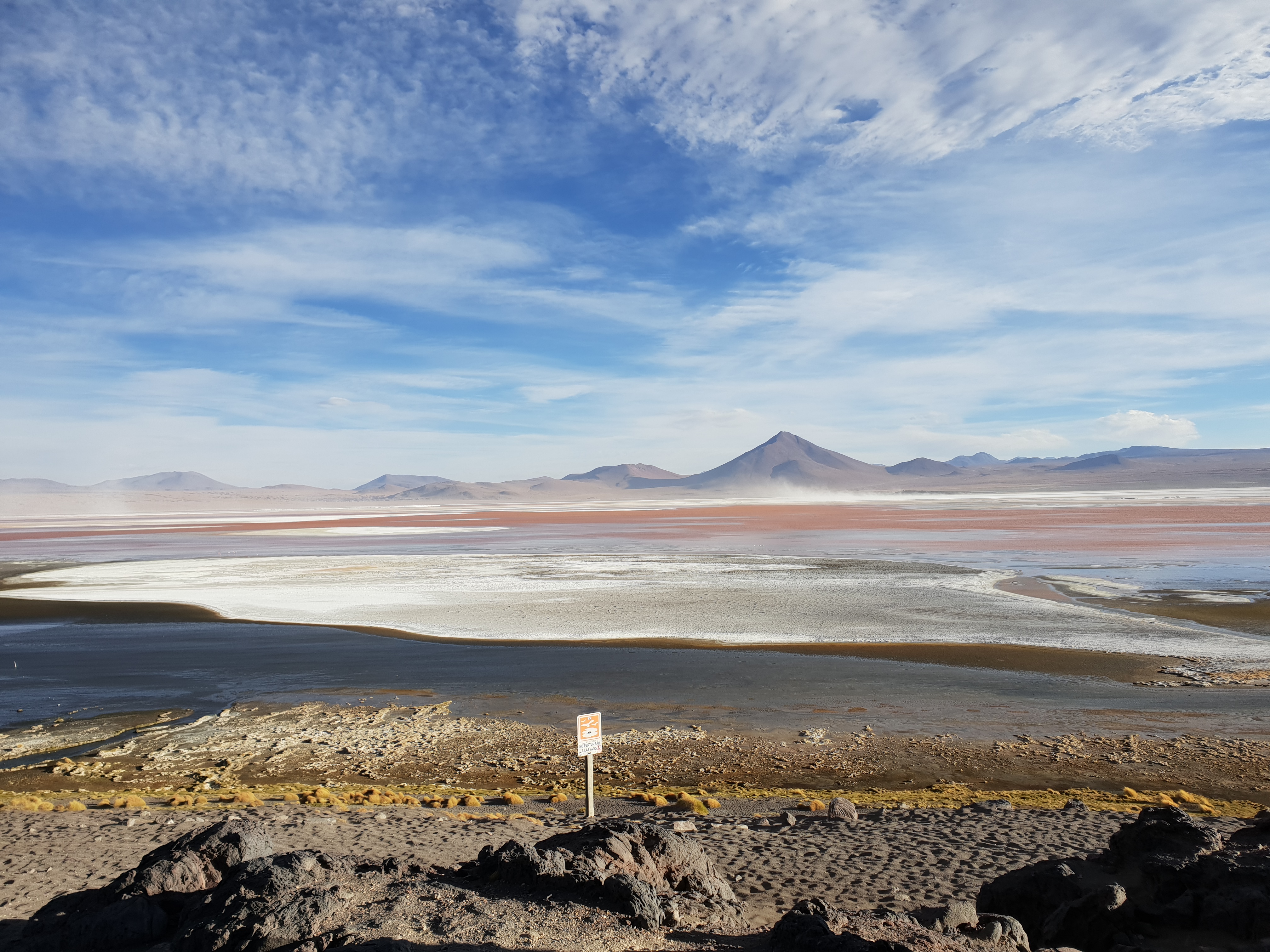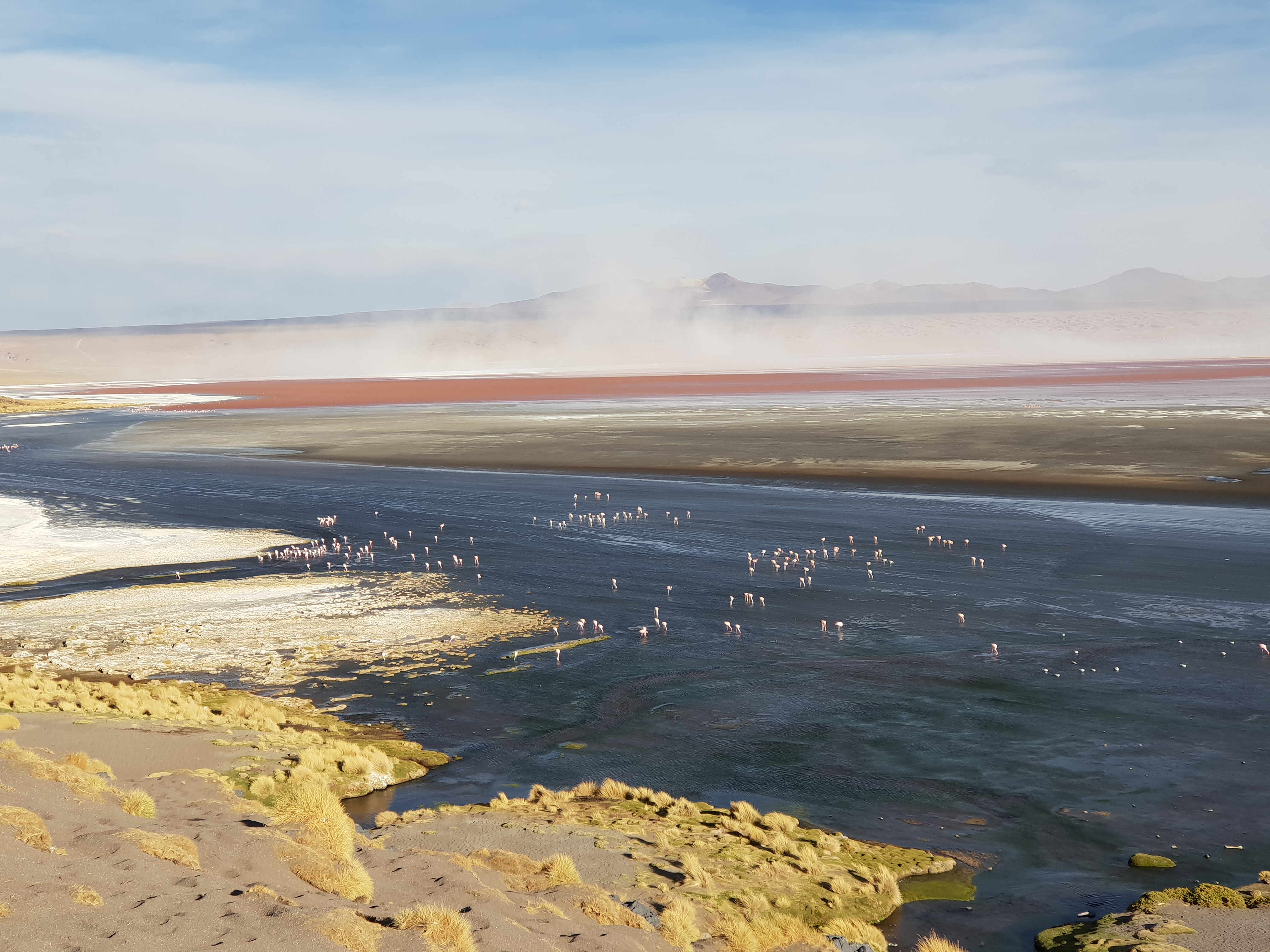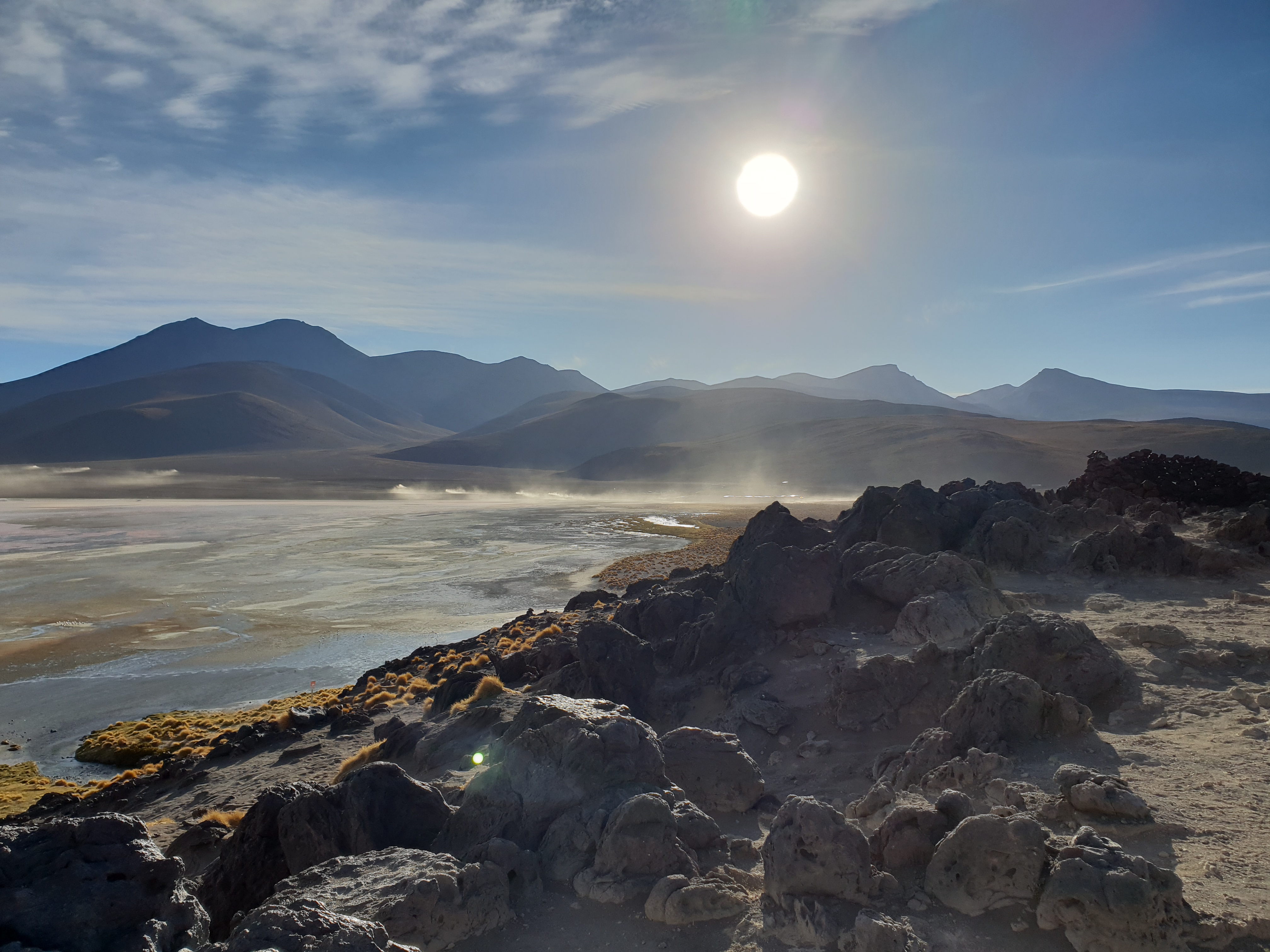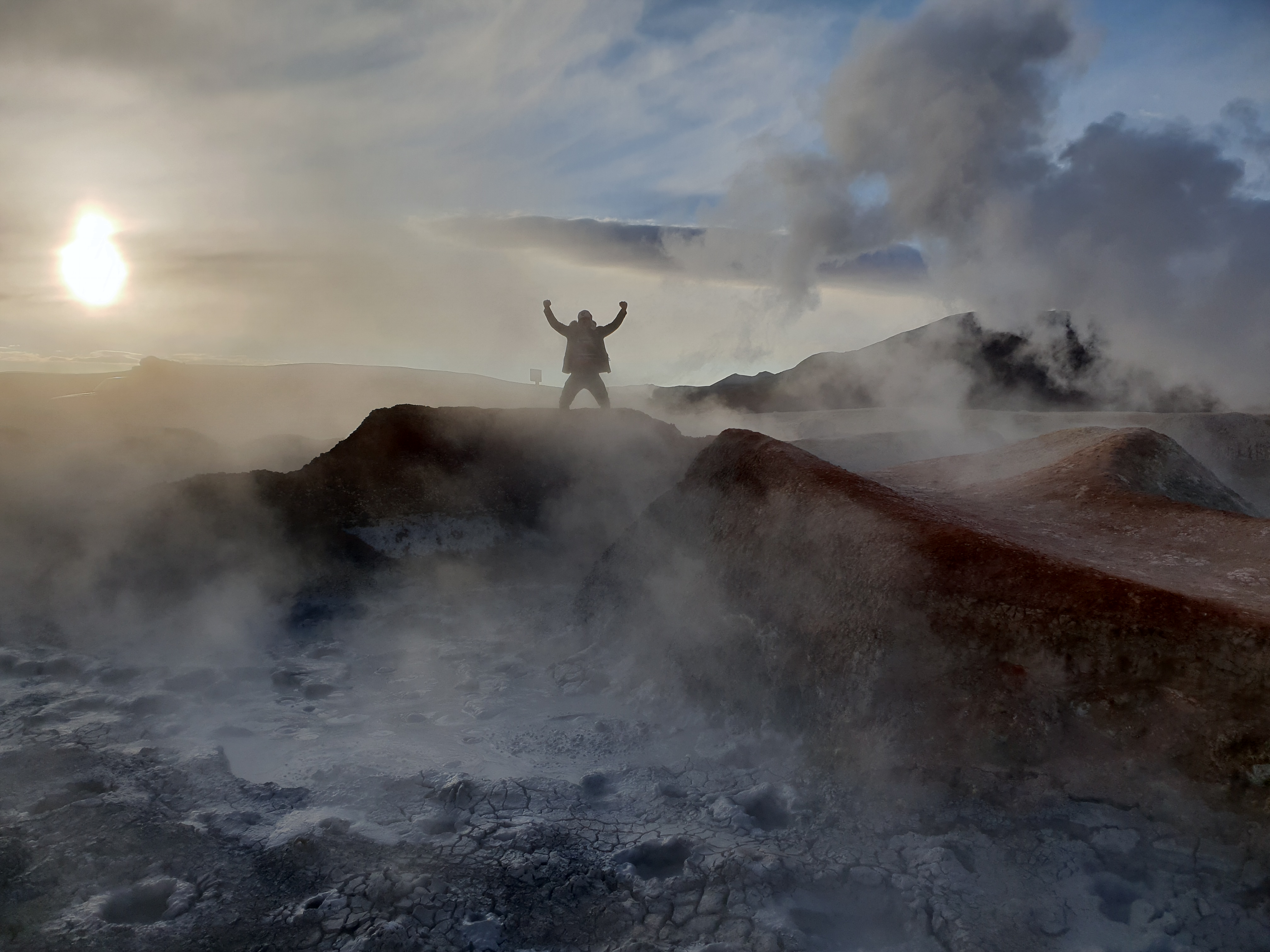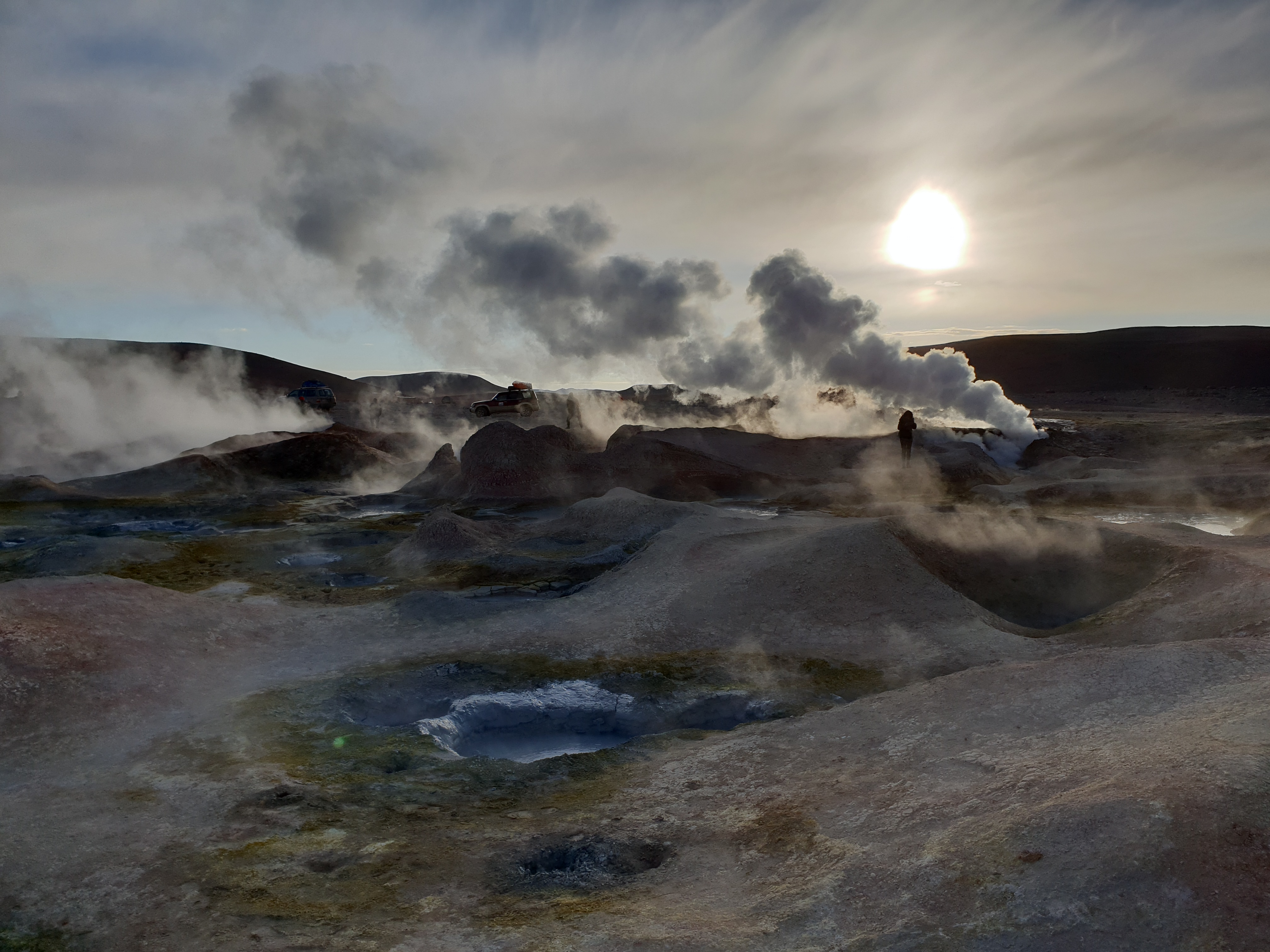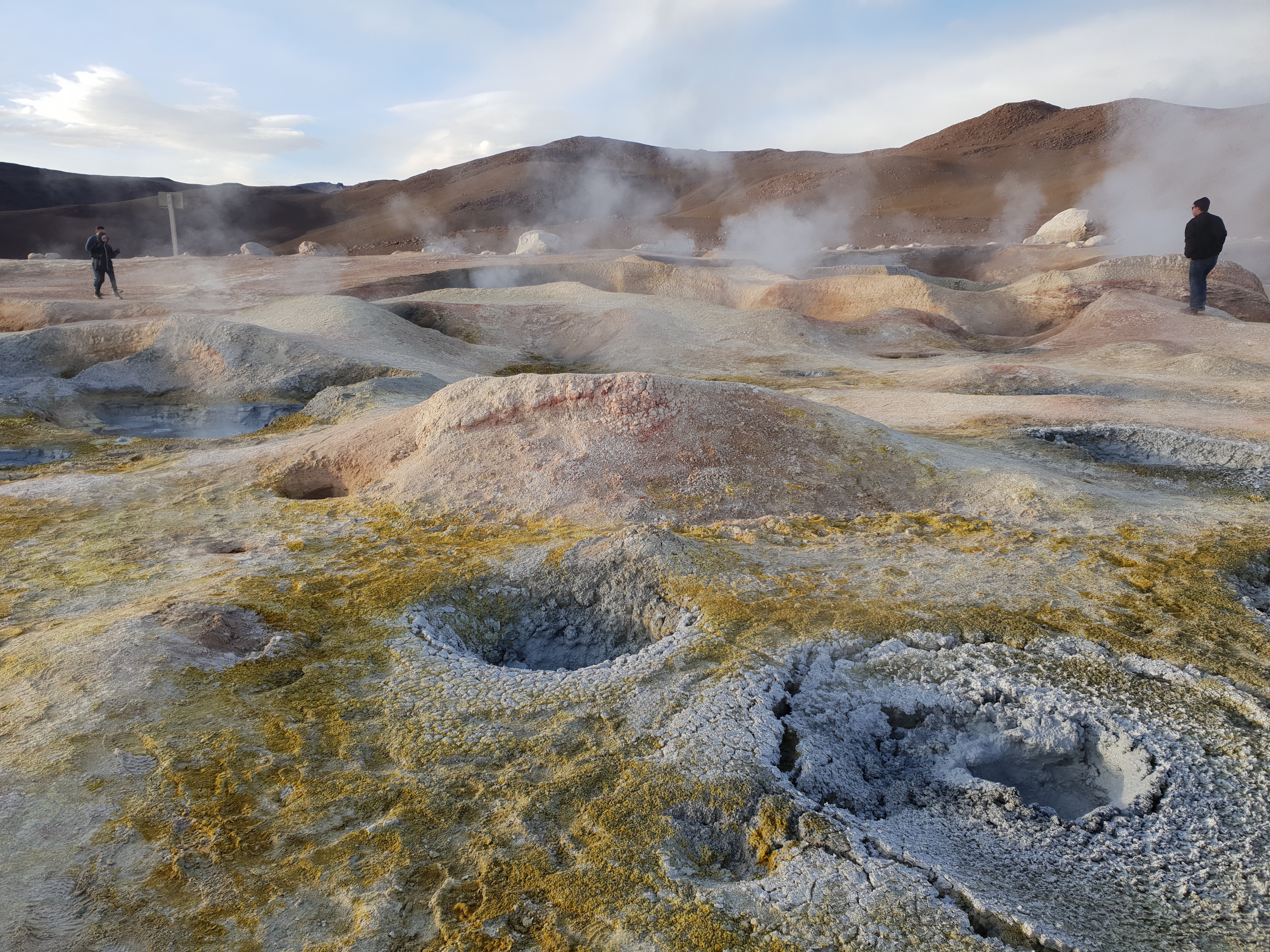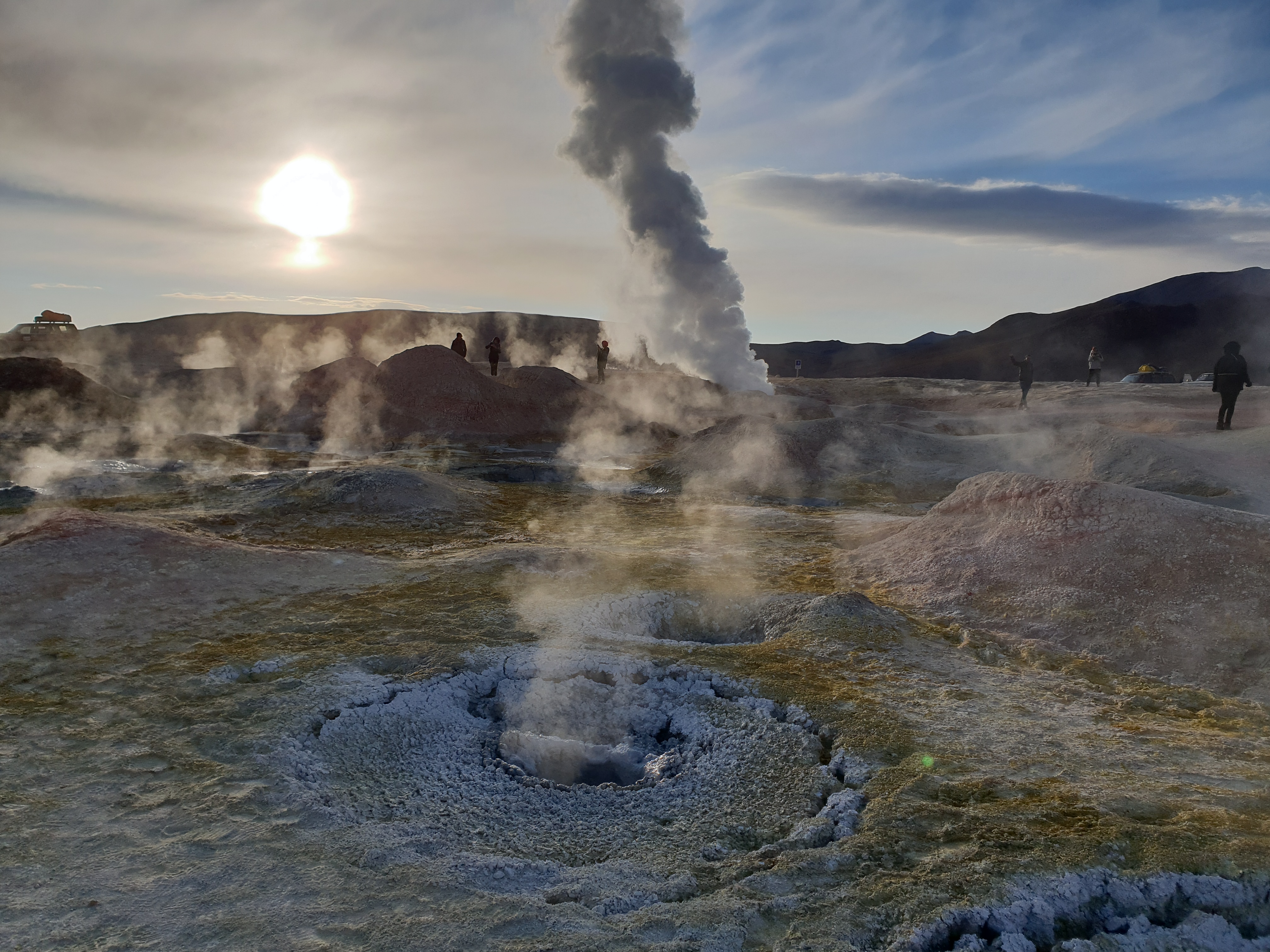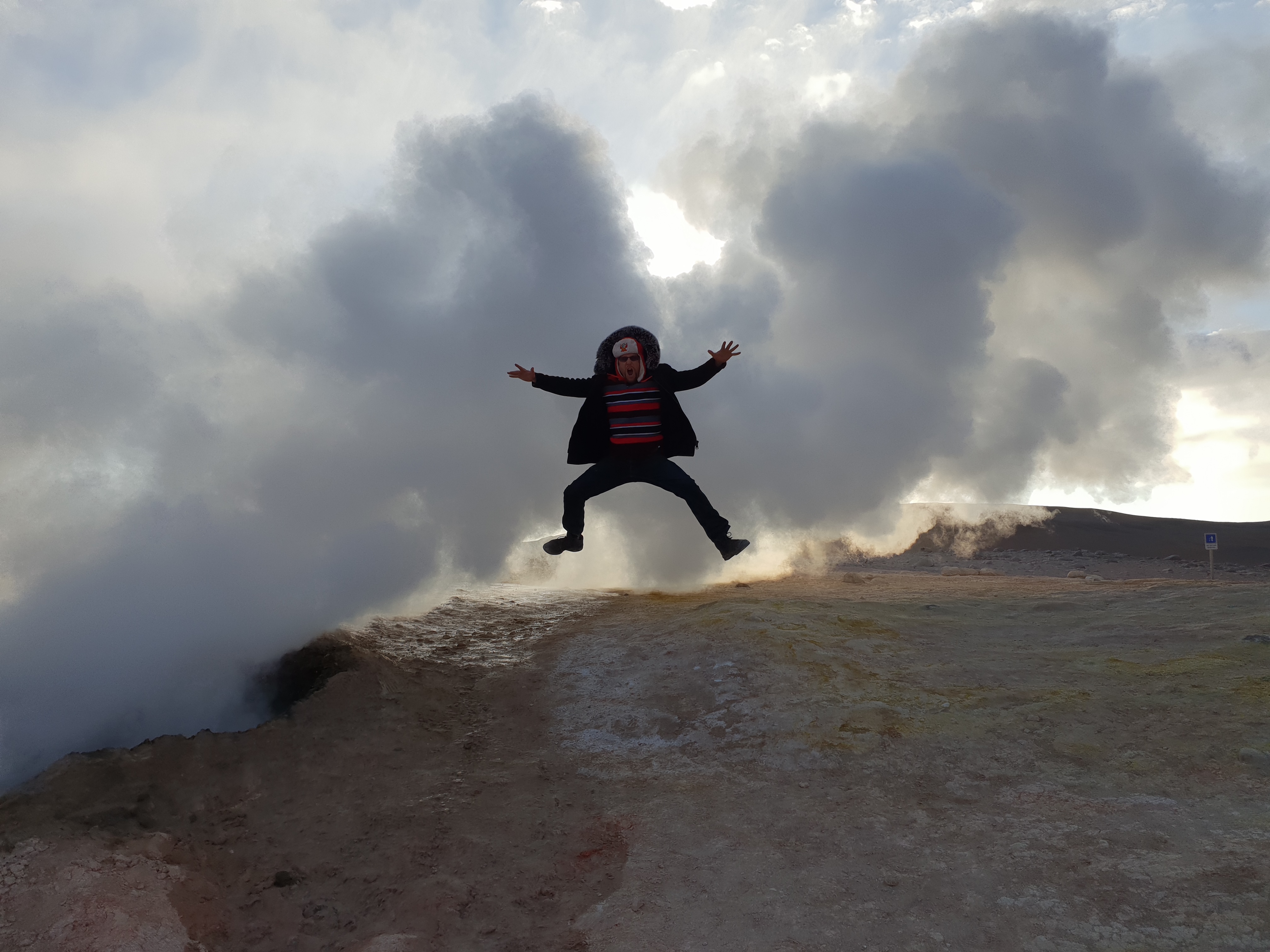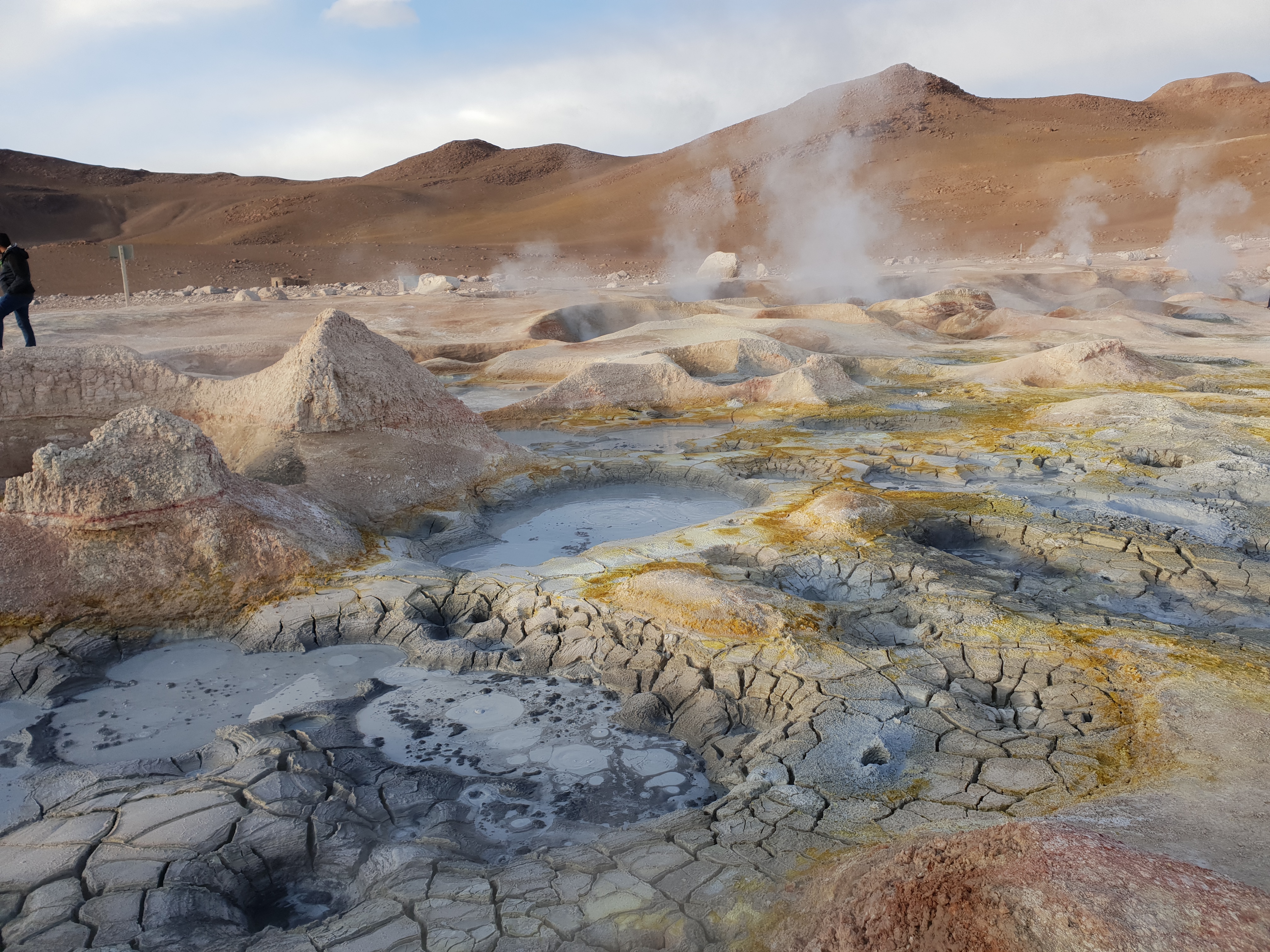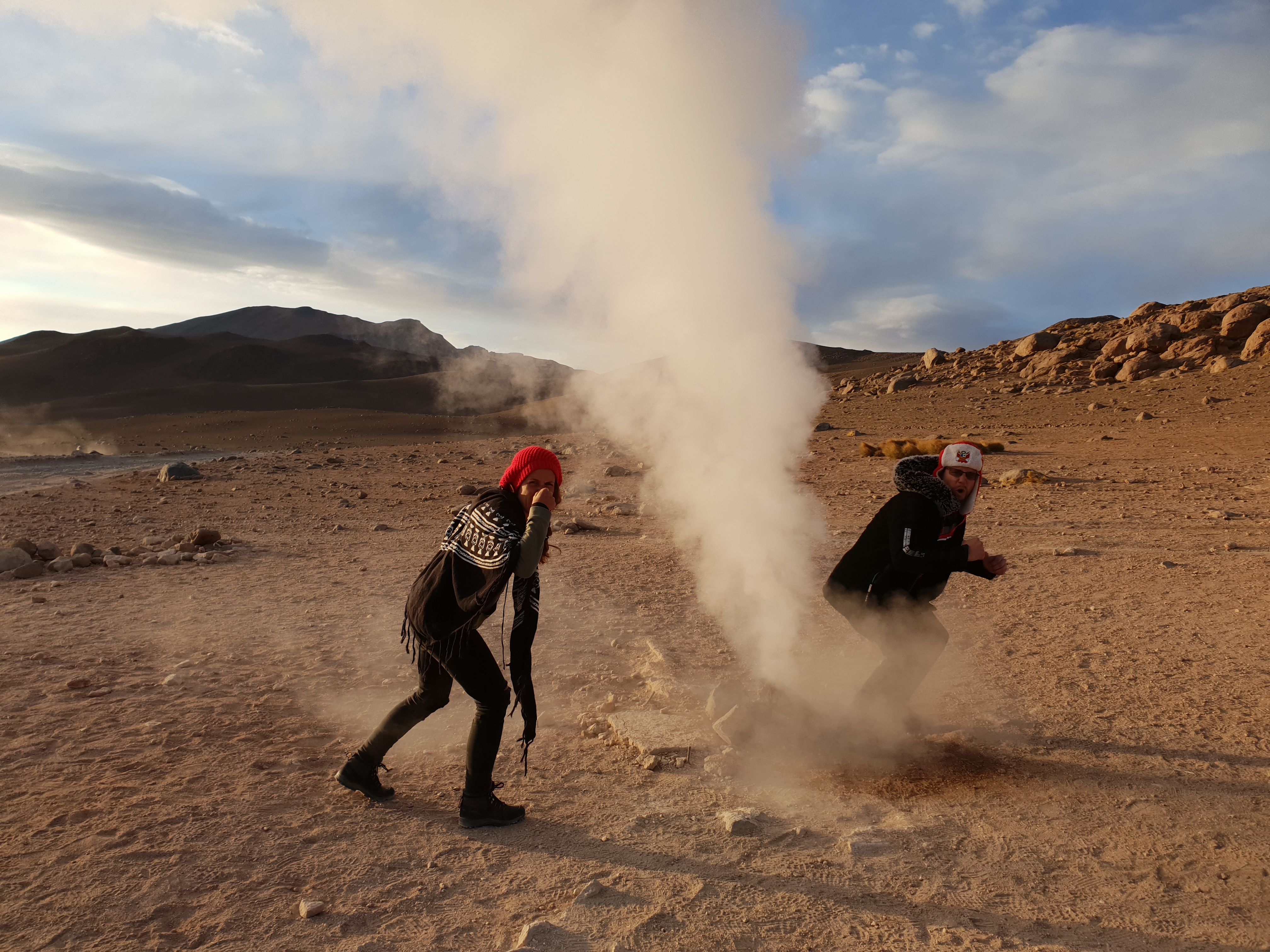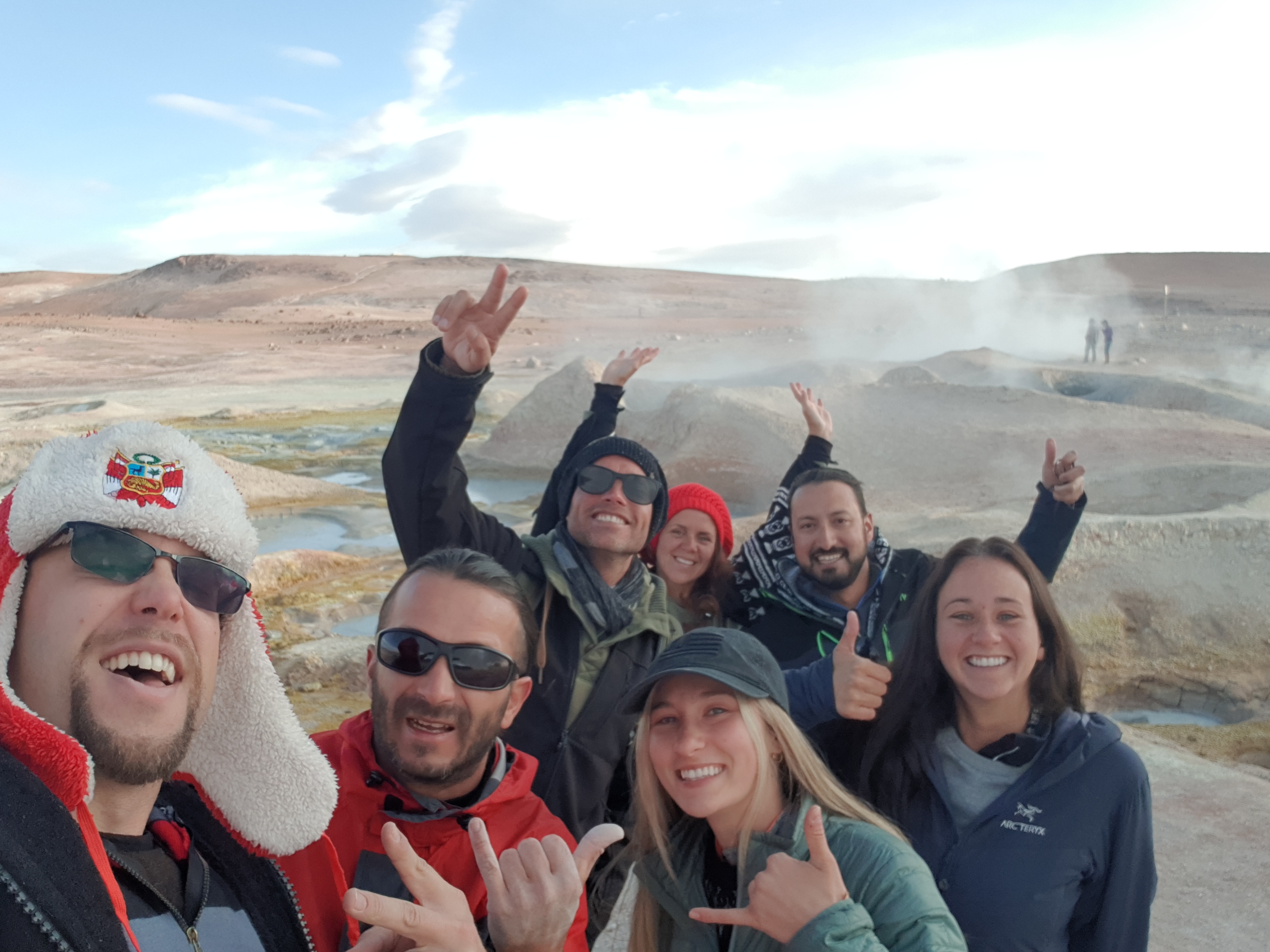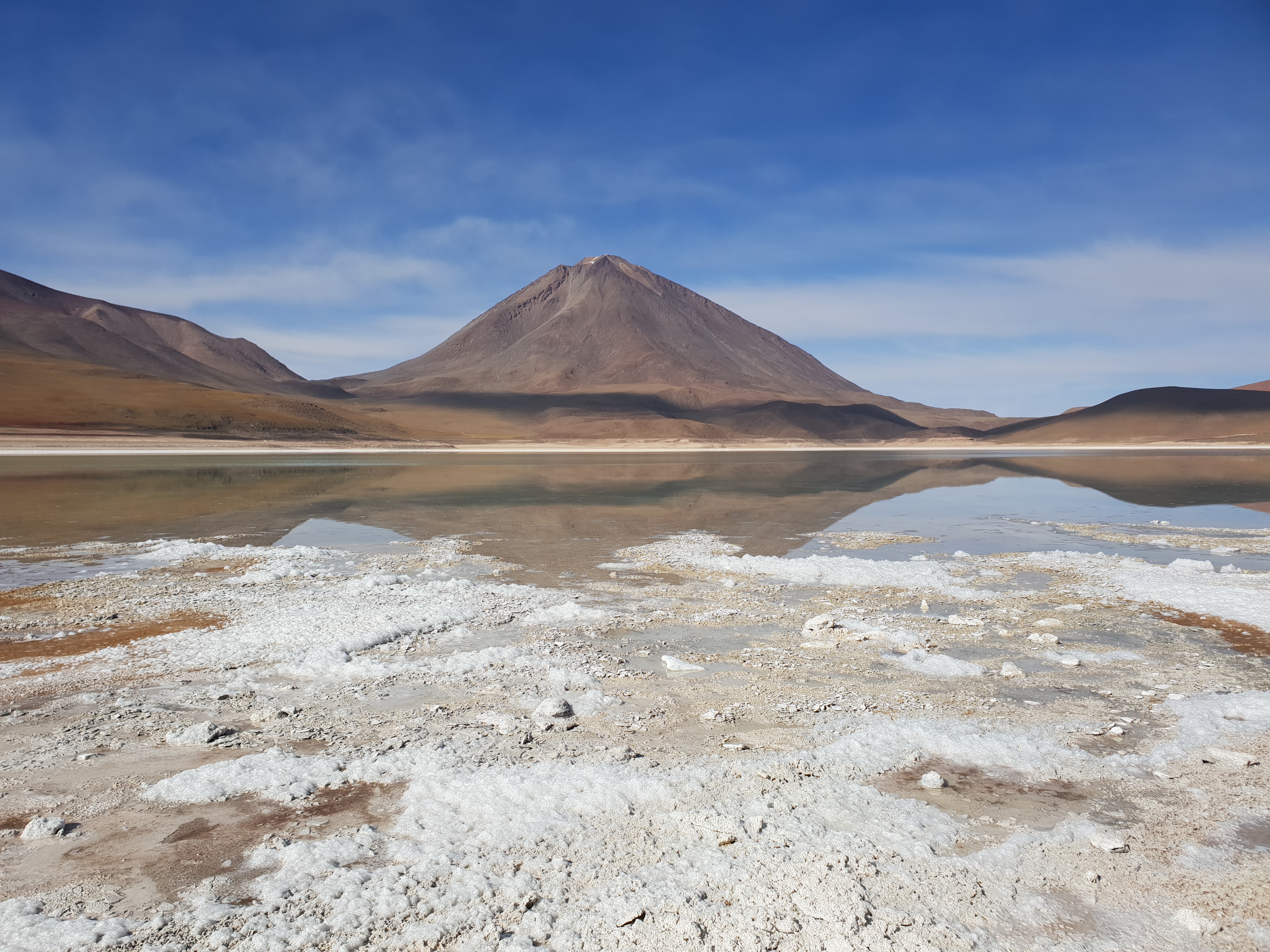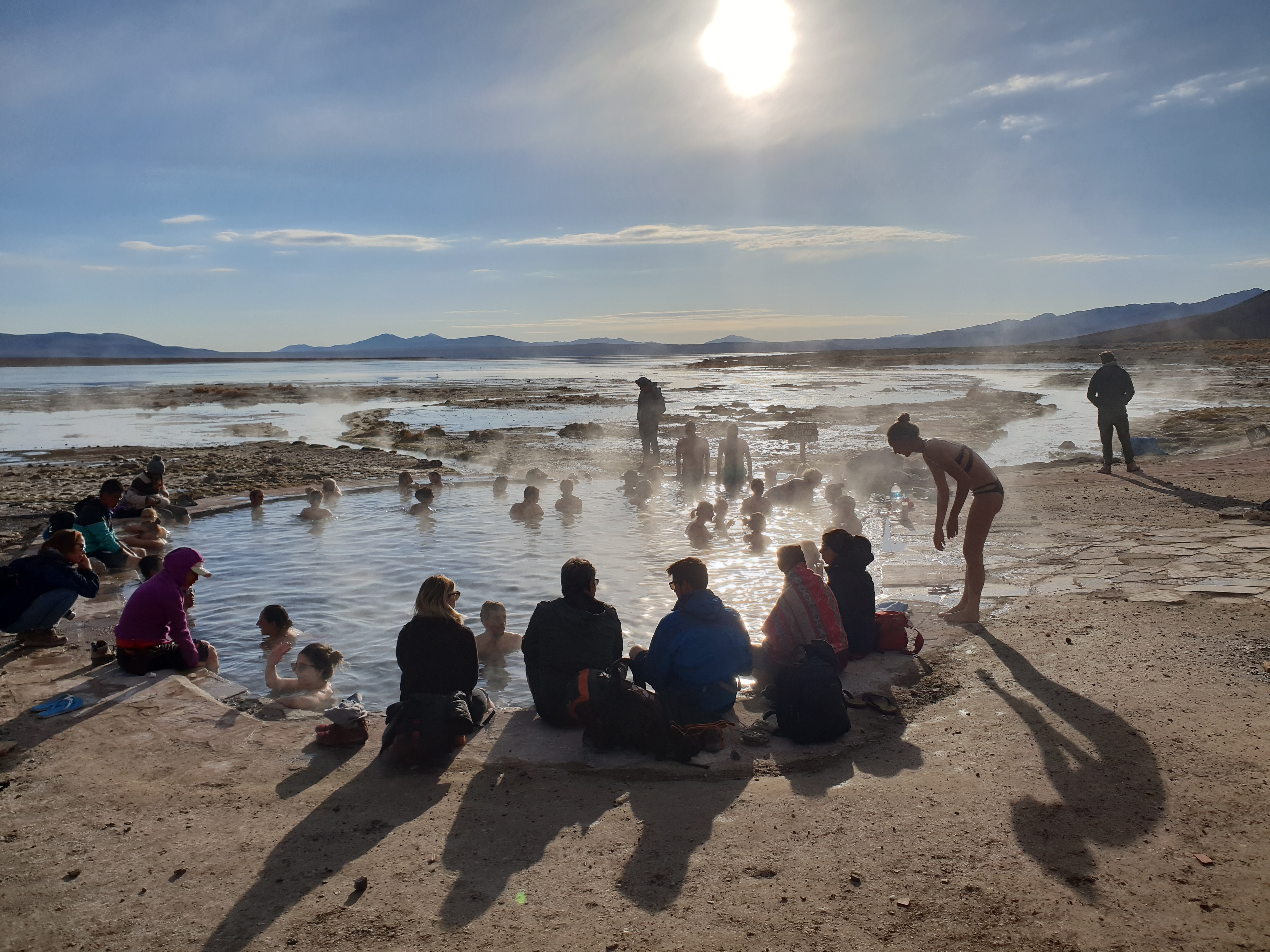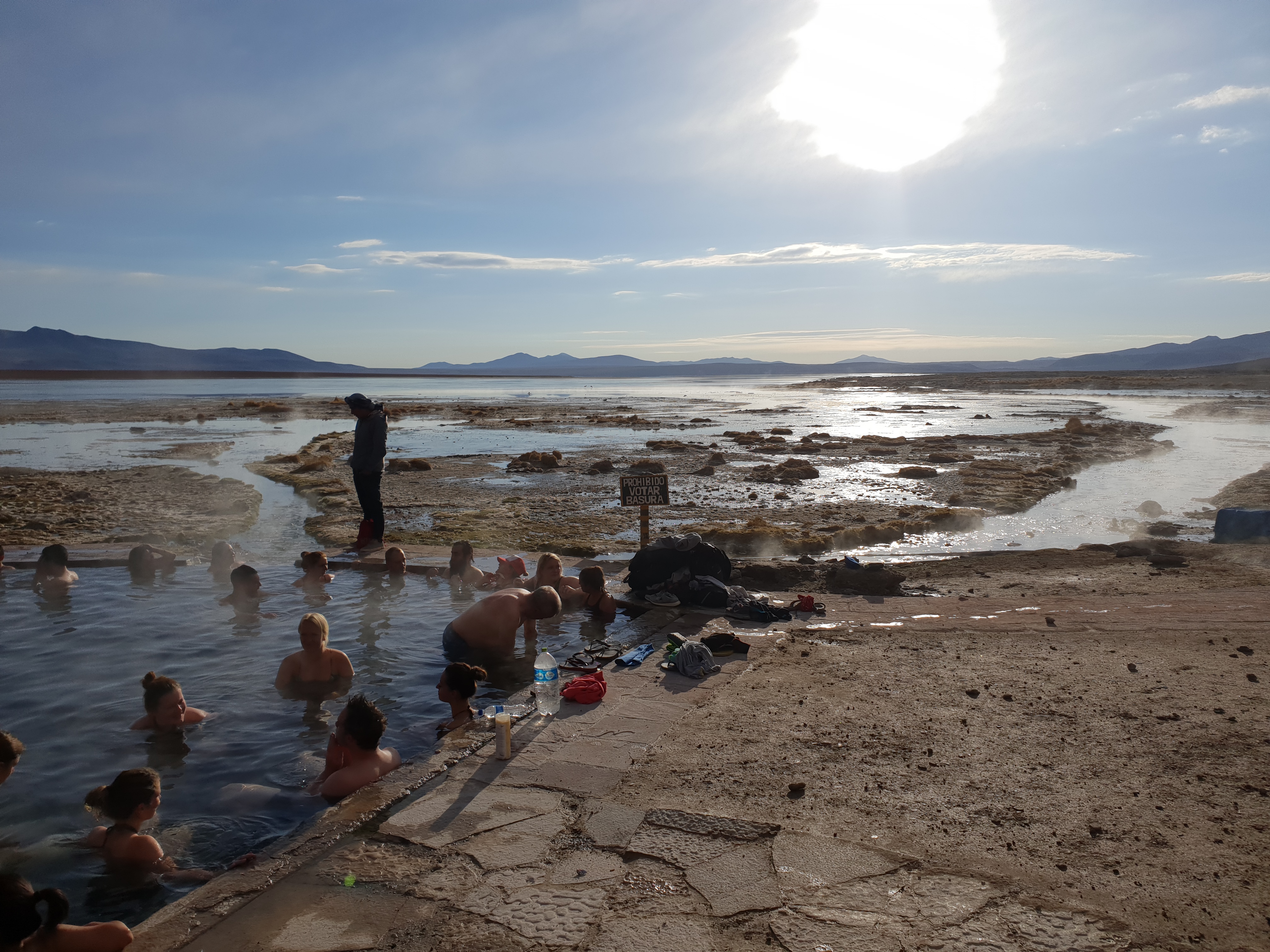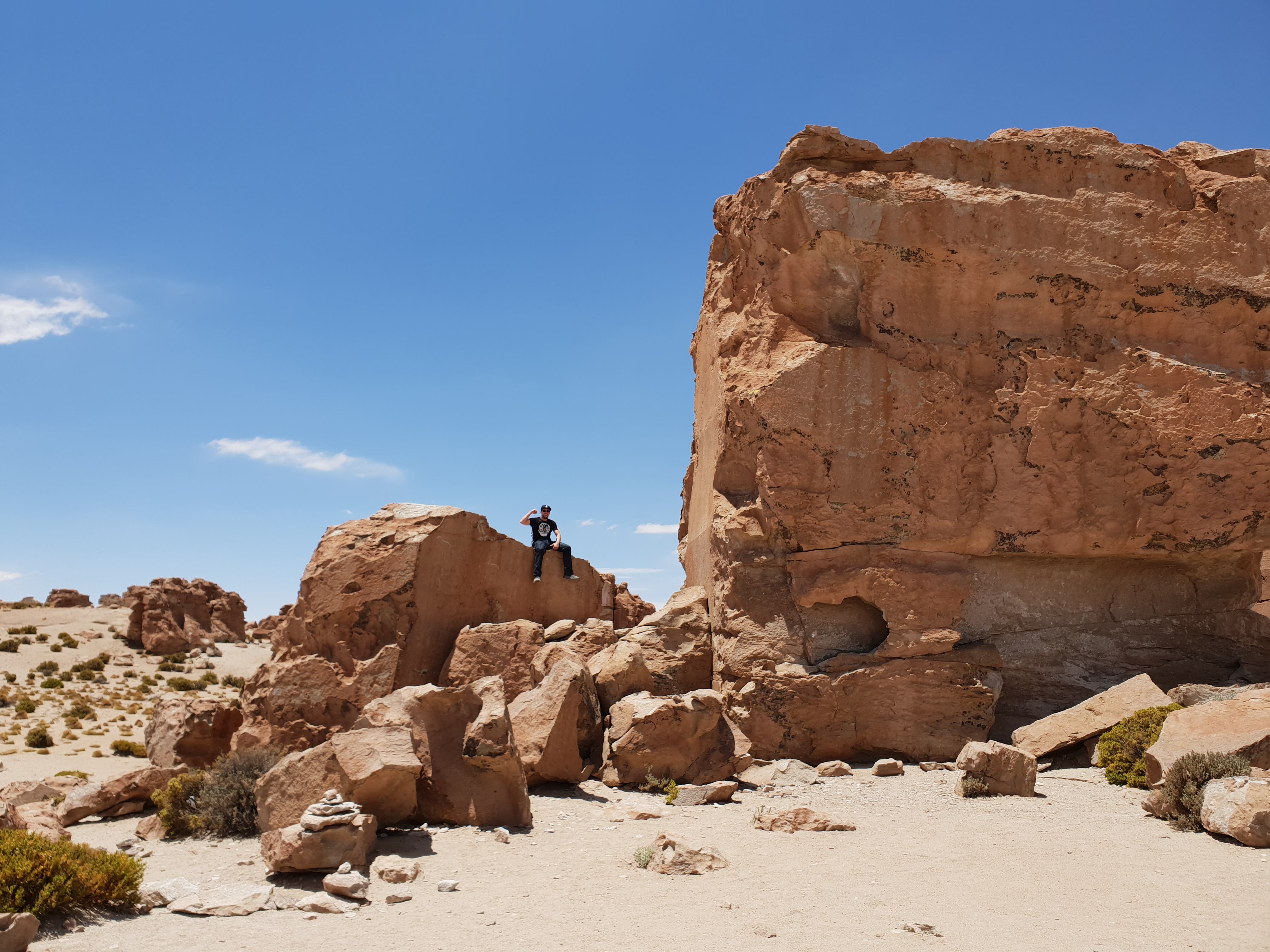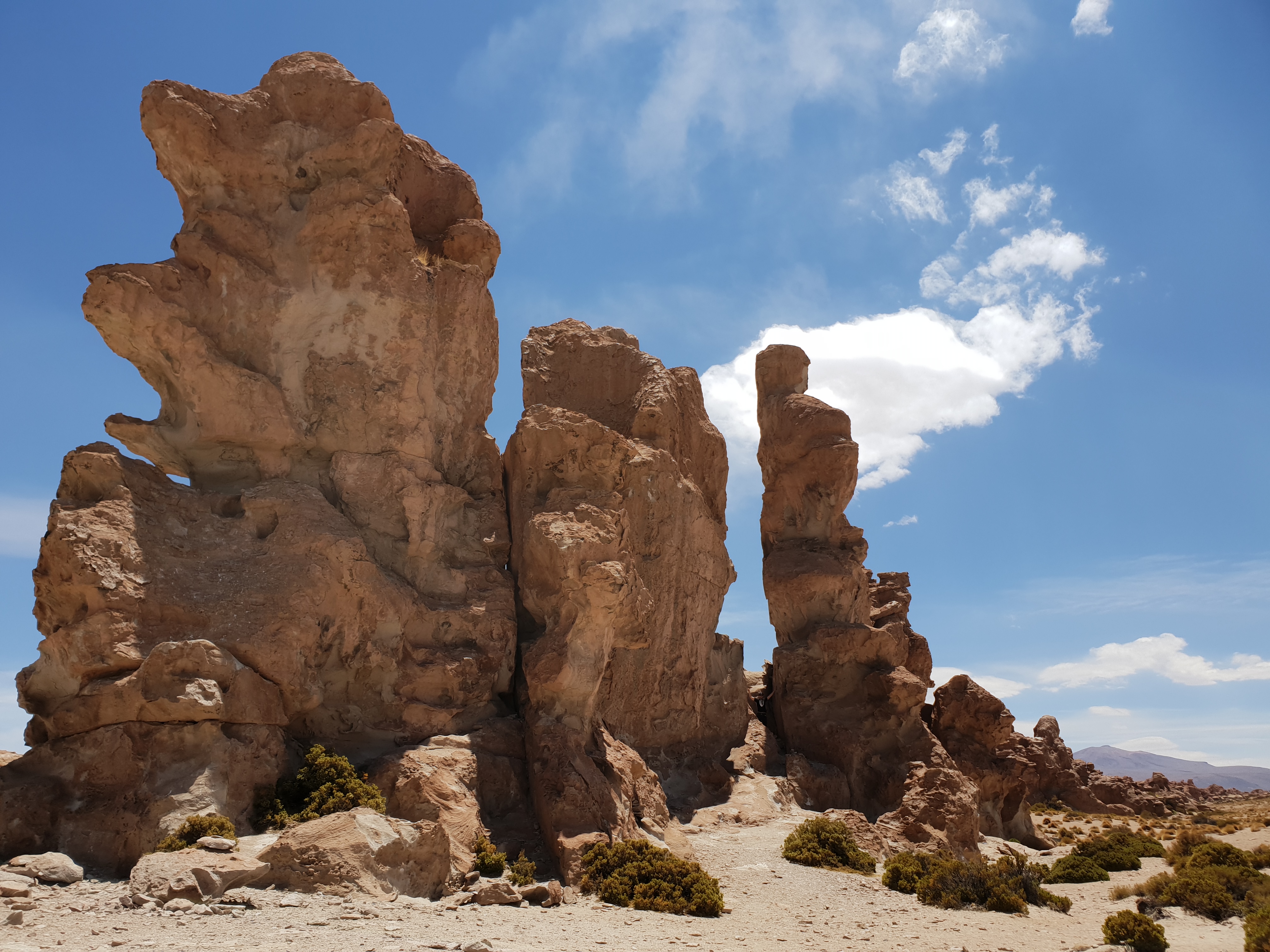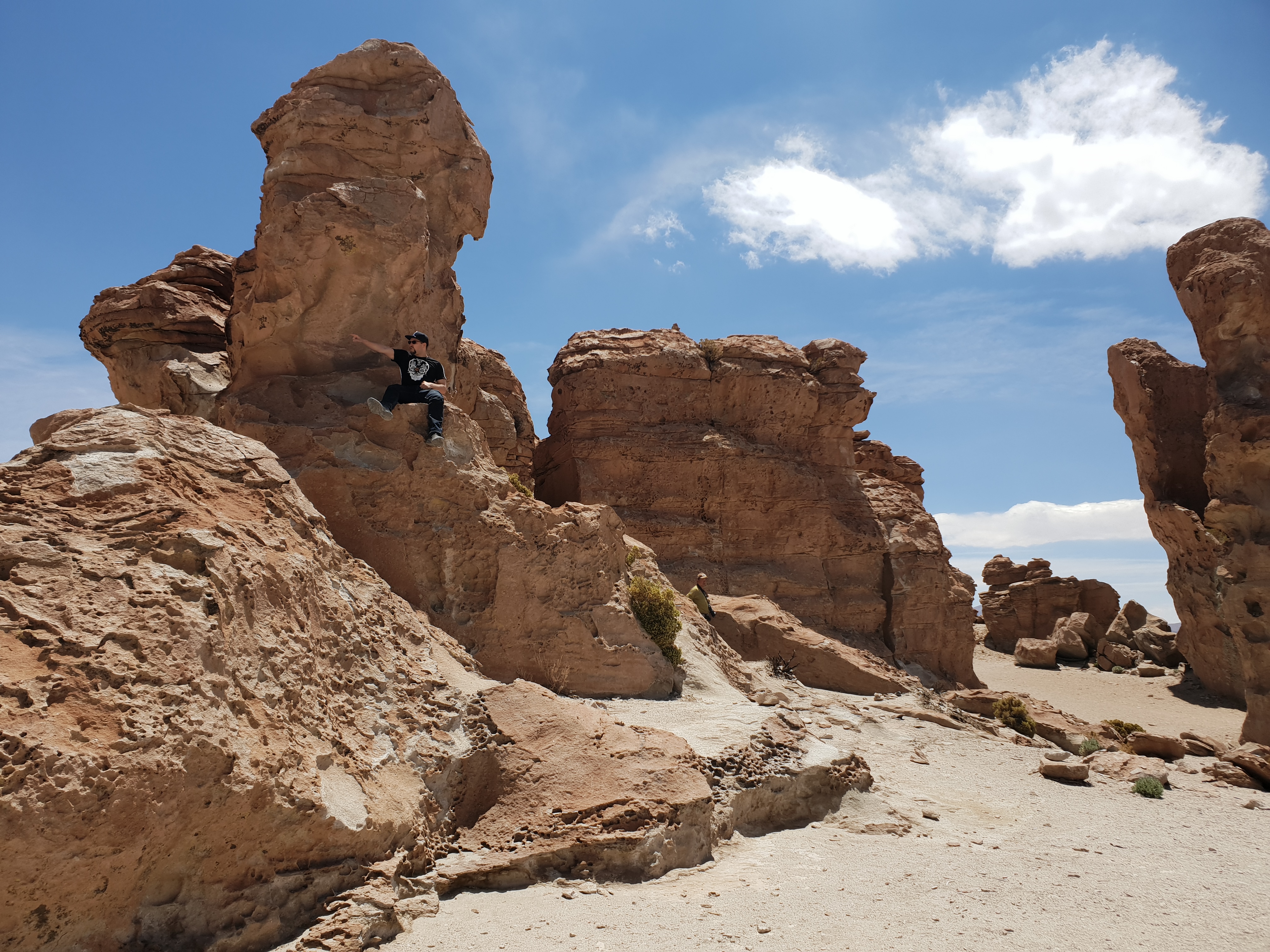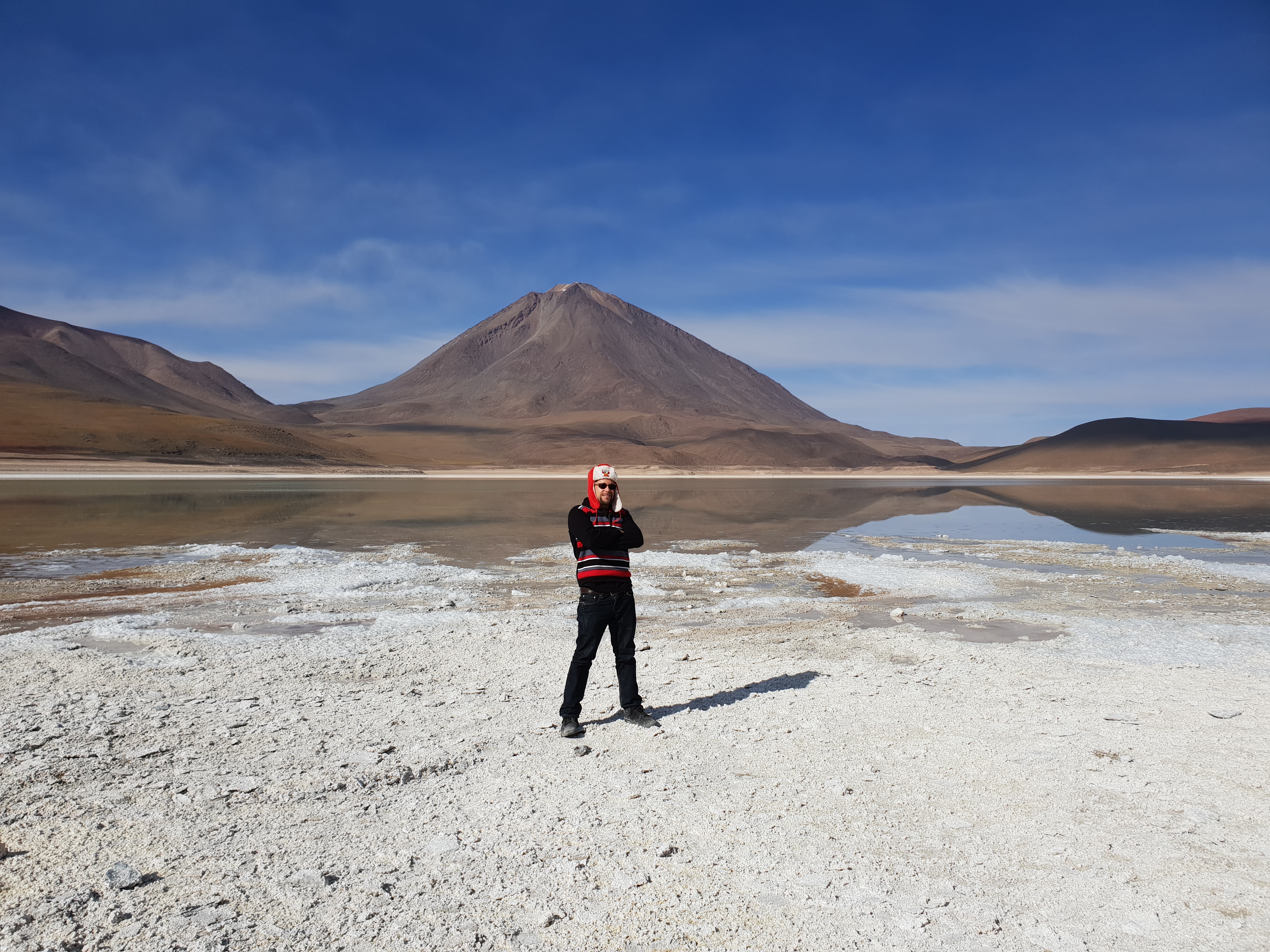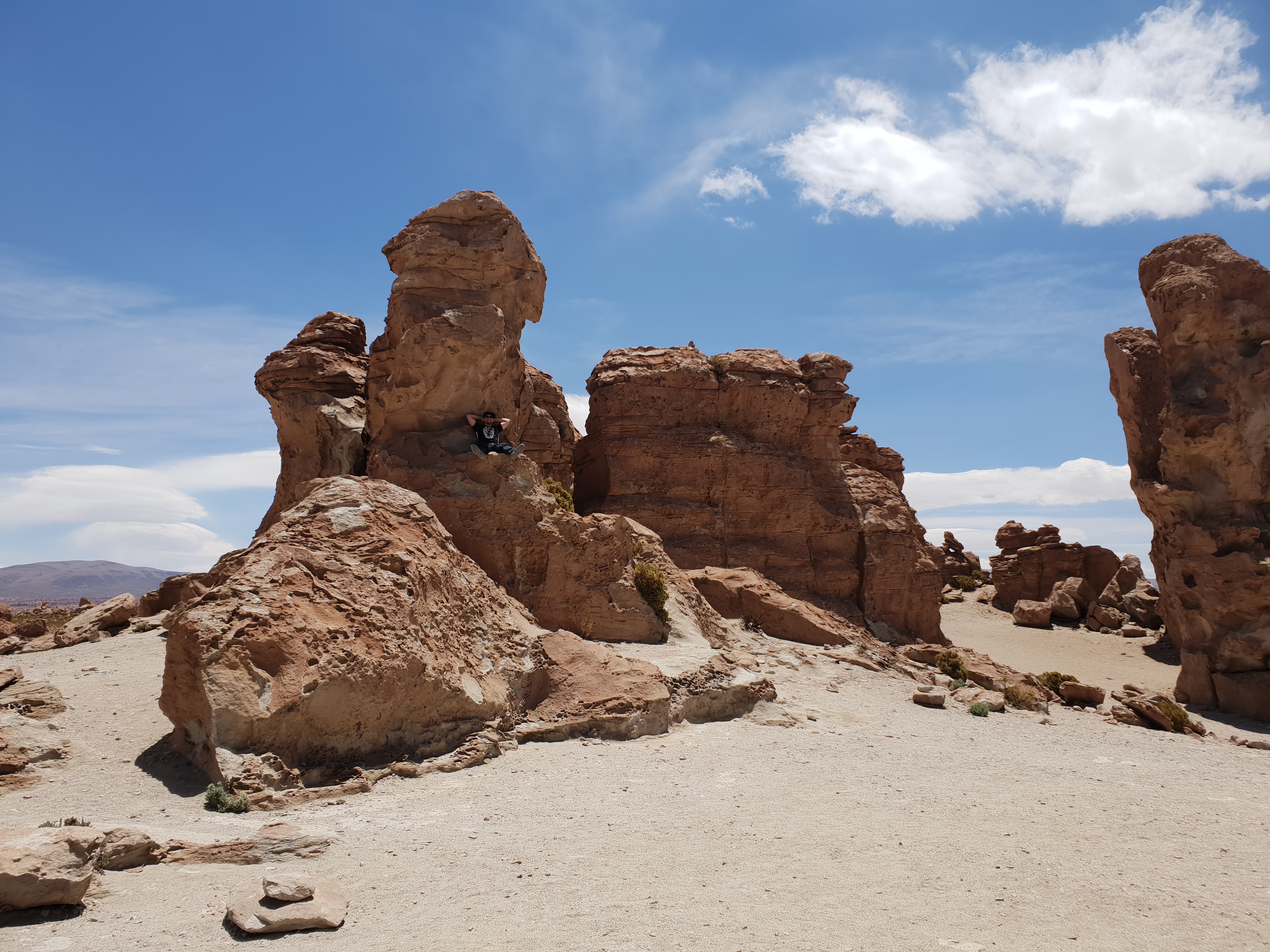Out of all the places to visit in Bolivia, none are more surreal than the salt flats in Uyuni. That’s because this is probably the most breathtaking place to take photos in the world. From silly angle photos to sublime mirror shots, the sky is the limit with how many wild pictures visitors can take. The salt flat covers a massive 4,086 square miles (10,582 sq. km), which creates a never-ending salty wonderland to explore.
While the pictures posted on Instagram are impressive, Uyuni’s history is just as jaw-dropping. Between 30,000 to 42,000 years ago, this used to be a series of prehistoric lakes. Over time they gradually dried up and transformed into the modern marvel that it is today. Despite covering a huge area, the salt flat only varies one meter in over 10,000 square kilometers. On top of being remarkably flat, the brine covering the flat contains 50% to 70% of the world’s known lithium reserves. It’s also a breeding ground for flamingos, who are some of the only animals tough enough to survive Uyuni’s inhospitable climate.
During the rainy season between November and January, the salt flat transforms into the world’s largest natural mirror. This creates a truly breathtaking sight as the clouds and the flats seem to be united. Unsurprisingly, this natural marvel attracts thousands of tourists from all over the world. Many of them take the three-day tour, which includes visiting the neighboring national park and lakes.
On the offseason, three-day tours go for 600 to 700 bolivianos (not including the 150 bolivianos entry fee for the colored lake). During high season, tours can easily exceed 1,000 bolivianos. Every tour offers a variation of the same package and cuts corners wherever they can. This includes lying about accommodations and not paying for allegedly included meals. Uyuni is the biggest tourist trap in Bolivia, so haggle relentlessly when booking a tour. Despite being filled with false promises by tour companies, Uyuni is still well-worth visiting. Get an intimate glimpse of the three-day tour with this eye-opening article!
Highlights of the 3-Day Uyuni Salt Flat Tour
Highlight #1: Train Cemetery – The rusted trains scattered around this area are a stark reminder of a promising dream that turned into a nightmare. Desperate to create a legacy, Bolivian President Aniceto Arce invited British engineers to create a railway through Uyuni. Encouraged by the president and backed by British-sponsored Antofagasta and Bolivia Railway Companies, construction commenced in 1888. When the railway was completed in 1892, it seemed like this project was destined to revolutionize Bolivia’s mining industry.
Unfortunately, not everyone shared Arce’s dream. The railway was constantly sabotaged by local Aymara indigenous Indians who viewed the trains as a threat to their lifestyle. After enduring countless attacks, the railway was confronted with the collapse of Bolivia’s mineral industry in the 1940’s. This was the main client of the railway, so it immediately fell into disrepair. Today the abandoned trains are covered in graffiti and tourists taking selfies. While it was a valiant attempt at modernization, the railway’s failure paved the way for some sick Instagram photos.
Highlight #2: Laguna Colorada – Even though it costs an extra 150 bolivianos to visit, this lake’s breathtaking appearance warrants the investment. The extra cost is the entrance fee for visiting the Eduardo Avaroa Andean Fauna National Reserve that goes right up to the border with Chili. Even though it’s a slightly pricey addition to visiting the salt flats, it provides a glimpse into another world. Here the ice cold winds rip through the park at a staggering 70km an hour. This is quite a shocking addition to the already unhospitable 4,278 meter (14,035 ft.) elevation.
Ironically, the only animal who can survive this horrific climate is flamingos. The Laguna Colorada is jam packed with multiple species of flamingos that feast upon the algae in the lake. Completely unfazed by the terrible weather conditions, flamingos from multiple countries migrate to this lake to fuck. While the most common flamingo species is the James’s Flamingos, Andean and Chilean flamingos also come here for icy vacations. These bastards are absolutely crazy, but it’s impossible not to marvel at their uncanny resilience.
Highlight #3: Eduardo Avaroa Andean Fauna National Reserve – This massive protected area dominates the SouthWestern border of Bolivia. It spans a shocking 714,745 hectares (1,766,170 acres) and has a terrain so surreal that it feels like another planet. Boasting ungodly altitudes that range between 4,200 meters (13,800 ft.) and 5,400 meters (17,700 ft.), this is flamingo country. Thanks to the three endemic flamingo species, this area has enjoyed international protection.
On top of being orgy grounds for flamingos, this reserve is filled with delightfully peculiar geological formations. Geysers, wildly colored lakes, fumaroles, hot springs, lava formations and both active and non-active volcanos are scattered across its endless terrain. Many parts of this reserve look so bizarre that it’s easy to feel like you accidentally traveled to Mars. The park is so massive that it takes an entire day to drive through it.
Aside from its psychedelic scenery, the reserve is also home to the Laguna Verde. Situated at a shocking 4,300 meter (14,100 ft.) elevation, this lake is nestled at the foot of an inactive volcano. Here the winds are so ferocious that the temperatures manage to drop to -56 degrees Celsius. Thanks to the chemical composition of the lake’s waters, they can remain liquid in these awful temperatures. Depending on the intensity of the wind which stirs up the minerals, the lake changes colors from bright turquoise to dark emerald. Visitors are greeted by flocks of flamingos who seem to relish the lake’s horribly taxing climate and ample supply of algae. While it’s a relief to leave, it’s impossible not to be astounded by this remarkably foreign feat of geography.
